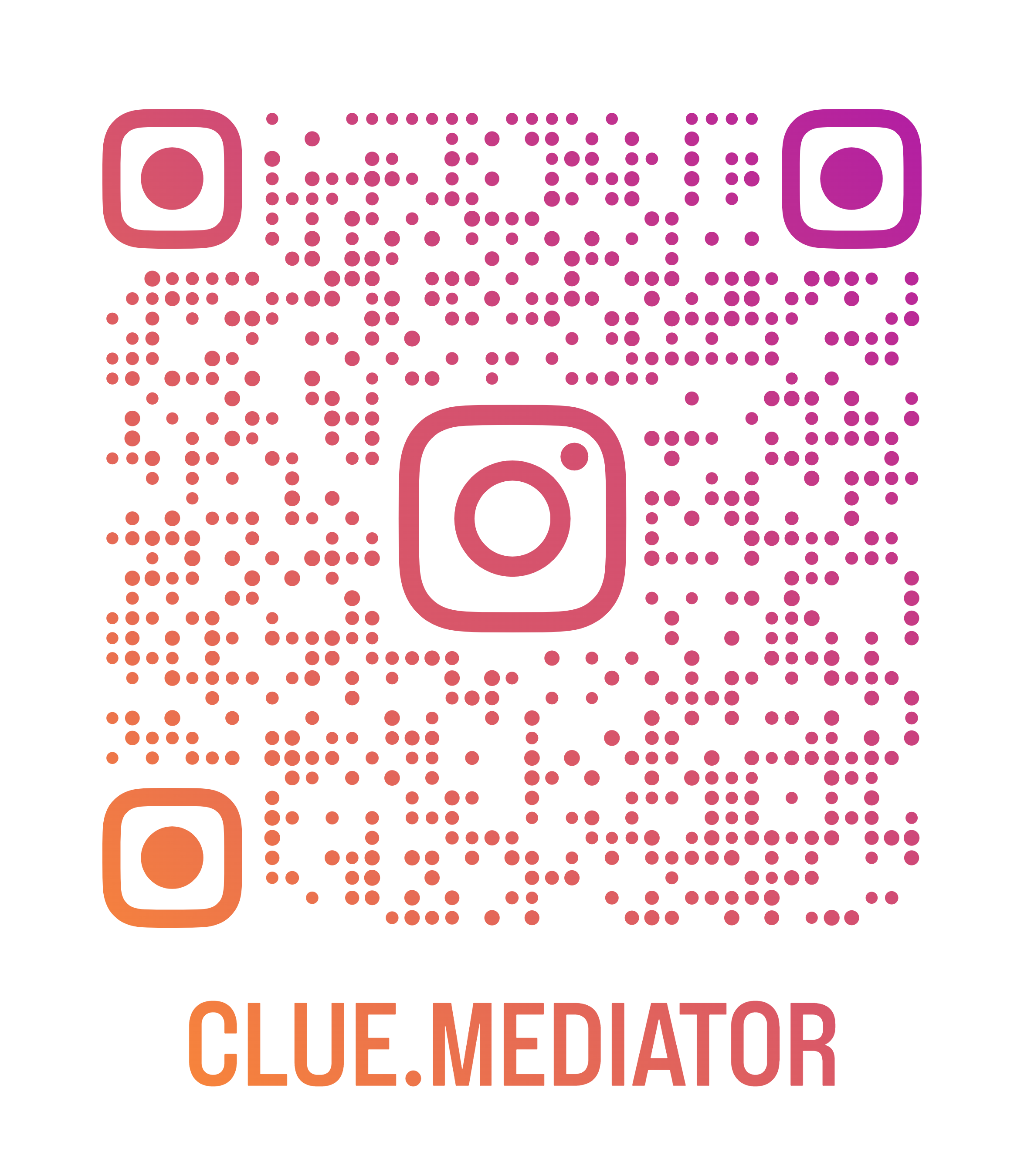Understanding Variables and Data Types in Python
Learning Python and feeling a bit overwhelmed? Don't worry, you're not alone—and the good news is, we're here to make things super clear! Let’s break down some basic concepts like variables and data types, giving you the confidence to code like a pro. Ready? Let's get started!
Understanding Variables and Data Types in Python
- What is a Variable?
- Different Types of Data Types in Python
What is a Variable?
-
Definition: Think of a variable as a labeled box where you can store information. In Python, you can create a variable simply by assigning a value to a name.
-
Example:
age = 25 name = "John" is_student = TrueHere,
age,name, andis_studentare variables holding different types of data. -
Usage: You can easily change the value of these variables, like changing what's inside your box!
Different Types of Data Types in Python
-
Integers: These are whole numbers, like 1, -20, or 300.
count = 10 -
Float: Numbers with decimal points.
price = 19.99 -
String: These hold text, like a name or a sentence.
message = "Hello, World!" -
Boolean: These are simple True or False values.
is_active = False -
Lists/Arrays: These are used to store multiple values in a single variable.
fruits = ["apple", "banana", "cherry"]
Each of these data types lets your code do different things, like math with numbers or text manipulation with strings!
It's that simple! I hope this clears things up a bit. Understanding variables and data types is essential because they form the foundation of Python programming.
Whatever you're coding today, remember to keep experimenting and learning! Happy coding!
